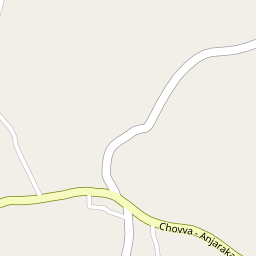

In 1927, Kanei Uechi moved to Japan to study under his father.

In 1925, Kanbun opened his first dojo in Wakayama, the Shataku Dojo, and began teaching karate under the name “Pangainoon”. Kanbun eventually ended up in Wakayama, Japan, where he found employment at a textile mill. Kanbun also had another son, Kansei, and two daughters, Tsuru and Kamai.ĭue to economic circumstances, Kanbun left Okinawa in 1924 without his family and traveled to Kansai, Japan (now Osaka and Kobe). Kanbun Uechi married in Okinawa, and in 1911 his first son, Kanei Uechi, was born. However, Kanbun desperately wanted to remain secluded and vehemently denied the many requests for lessons.

In Okinawa, news of Kanbun’s unrivaled skill in martial arts spread rapidly. This humbled and shamed Kanbun, and he stopped teaching martial arts and returned to Okinawa. The people of Kanbun’s village turned against him, calling him a teacher of murderers. In 1910 there was due to a dispute between one of Kanbun’s students and a Chinese farmer that led to a fight and the delivery by Kanbun’s student of a lethal fingertip strike to his opponent. His reputation as a remarkable martial artist became widespread through parts of China and into Okinawa. At age 30, after training with Shushiwa for ten years, Kanbun was allowed to open his first dojo, the Pangainoon Kempo Sho, where he taught until 1910. He diligently taught Pangainoon from a precise and traditional perspective for another 3 years under Shushiwa. In 1904, when Kanbun was 24 years old, he received a Master Certificate of Chinese Pangainoon (the half hard and half soft style). The first 3 years of Kanbun’s training with Shushiwa were focused only on Sanchin training and body conditioning (kote kitae). Shushiwa allowed Kanbun to train with him because Kanbun healed Shushiwa with an herbal medicine mixture that Kanbun made. One of the men who made the greatest impact on Kanbun’s martial arts training was a man named, Chou Tsu Ho (pronounced in Japan as Shushiwa), in his school, The Fu Chuan Shin Temple. The systems from Southern China focused on strength and conditioning.) The systems from Northern China emphasize soft, flowing movements. (Chuan Fa and/or Kung Fu are the 2 names used to describe Chinese martial arts. There, he began his vigourous perfection of martial arts, specifically Chuan Fa. In order to avoid being drafted into the Japanese army, Kanbun left for Fuchow City in the Fukien Province of Southern China in March 1897. This is where Kanbun’s interest in martial arts began to grow.īy the time he was 20 years old, Kanbun was 5′ 5” and very strong from tilling soil as a farmer. Also through farming, Kanbun became skilled in bo (staff) arts and other arts that used farming tools as weapons. The Uechi family was from this Samurai class, and had already moved to Takinto when Kanbun was born.īecause the Uechi family members were farmers of radishes, Kanbun had skilled knowledge of herbs and herbal medicines. Among many things, this meant getting rid of the Samurai class (warriors) in Japan and Okinawa. During this time, Emperor Meiji wanted to make Japan a ‘viable player’ in the modern world of the 20th century. In 1879, Okinawa became an official state, or prefecture, of Japan under Emperor Meiji. On Kanbun Uechi was born in Izumi, a small village in the Takinto mountain area on the Motobu peninsula of northern Okinawa. Uechi Ryu is a traditional Okinawan style of karate developed by Kanbun Uechi in the early 1900’s, following Kanbun’s training for a number of years in China.


 0 kommentar(er)
0 kommentar(er)
